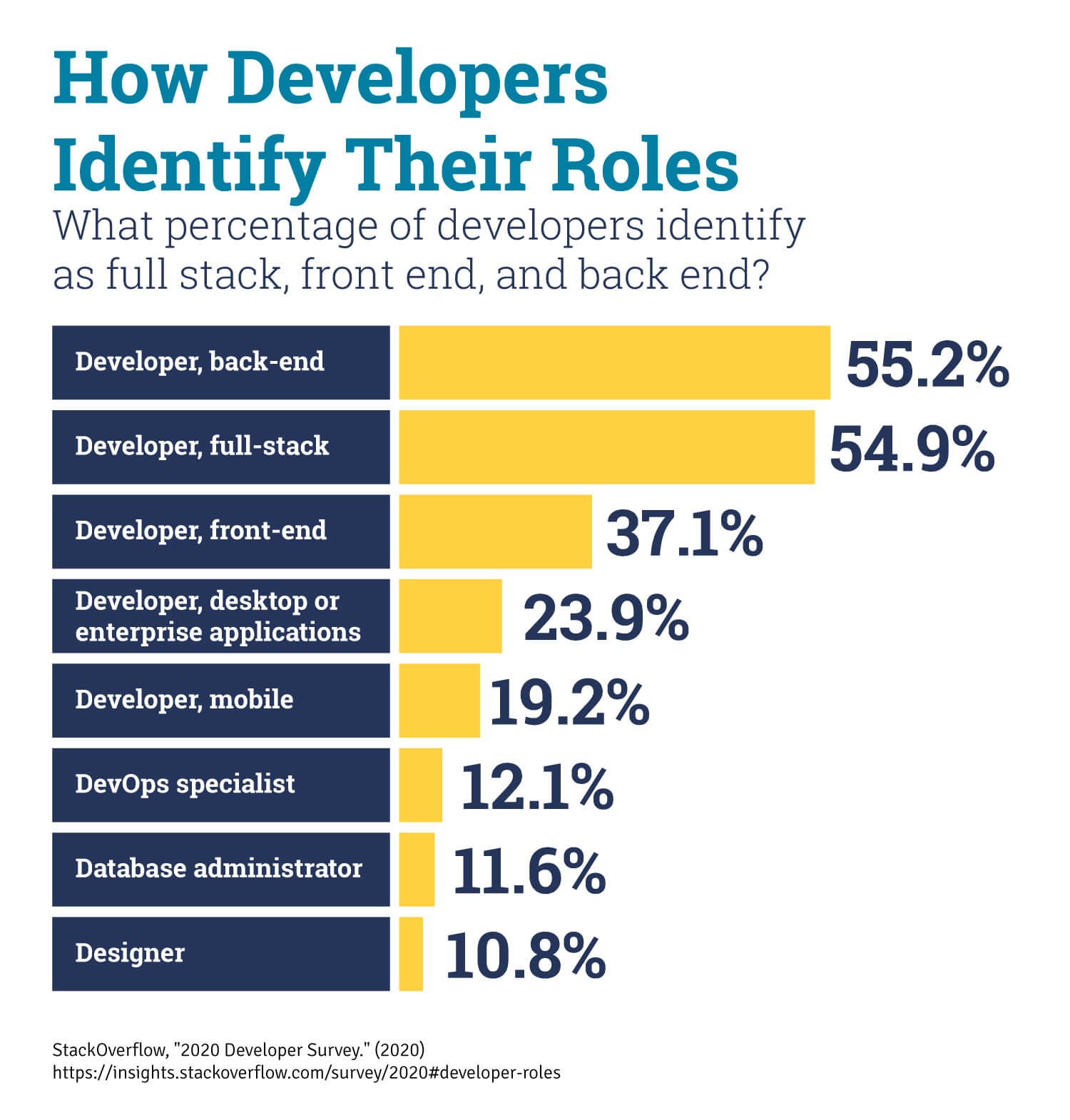Pulse of Information
Your source for the latest insights and updates.
Coding Juggler: Balancing Frontend and Backend Like a Pro
Master the art of coding with Coding Juggler! Discover tips to balance frontend and backend like a pro and elevate your development game!
10 Essential Skills for Mastering Full-Stack Development
Mastering full-stack development requires a diverse set of skills that span both frontend and backend technologies. Here are 10 essential skills that every aspiring full-stack developer should possess:
- HTML/CSS: The backbone of web development, HTML provides structure while CSS offers styling.
- JavaScript: A crucial language for adding interactivity and dynamic content on the frontend.
- Version Control/Git: Essential for tracking changes and collaborating with other developers.
- Backend Frameworks: Knowledge of frameworks like Node.js or Django is vital for server-side development.
- Database Management: Understanding SQL and NoSQL databases is key for data storage and retrieval.
In addition to technical skills, soft skills are equally important for successful full-stack development. Here are a few more essential abilities to cultivate:
- API Development: Creating and integrating APIs is fundamental for frontend-backend communication.
- Problem-Solving: Strong analytical skills help in troubleshooting issues that arise during development.
- Responsive Design: Skills in designing applications that work seamlessly across devices are necessary.
- Team Collaboration: Working well in teams promotes efficiency and innovation in projects.
- Continuous Learning: The tech landscape is ever-evolving; staying updated with the latest trends and technologies is crucial.

Frontend vs. Backend: Understanding the Balance in Web Development
In the world of web development, understanding the roles of frontend and backend is crucial for creating balanced and effective applications. The frontend refers to the user-facing part of a website, encompassing everything that users interact with directly, such as layouts, designs, and navigation. Common technologies used in frontend development include HTML, CSS, and JavaScript, which work together to deliver a seamless user experience. By focusing on the aesthetics and usability of a site, frontend developers play a vital role in attracting and retaining users.
On the other hand, the backend is responsible for the server-side functions of a web application. This includes managing databases, server logic, and application programming interfaces (APIs) that communicate with the frontend. Backend developers typically utilize languages such as Python, Ruby, PHP, or Node.js, along with database technologies like MySQL or MongoDB. By ensuring that data is processed and delivered efficiently, the backend holds up the entire web structure. Striking a balance between frontend and backend development is essential, as it fosters effective communication and performance, ultimately leading to a successful web presence.
How to Seamlessly Integrate Frontend and Backend Technologies
Integrating frontend and backend technologies is crucial for creating a seamless user experience. To achieve this, developers should start by clearly defining the architecture of their application. By using a well-structured API, data can be efficiently exchanged between the client and server. This can often be accomplished using REST or GraphQL, which allow for easy communication of data. Additionally, employing frameworks like React or Vue.js on the frontend can help in building dynamic user interfaces that sync harmoniously with backend processes.
Once the architecture is set, the next step is to manage data flow effectively. Here are some strategies to ensure smooth integration:
- Utilize AJAX for asynchronous calls to the backend, improving load times and user experience.
- Implement WebSockets for real-time communication, allowing immediate data updates without needing constant page refreshes.
- Establish clear error handling to manage unexpected responses from the backend gracefully.